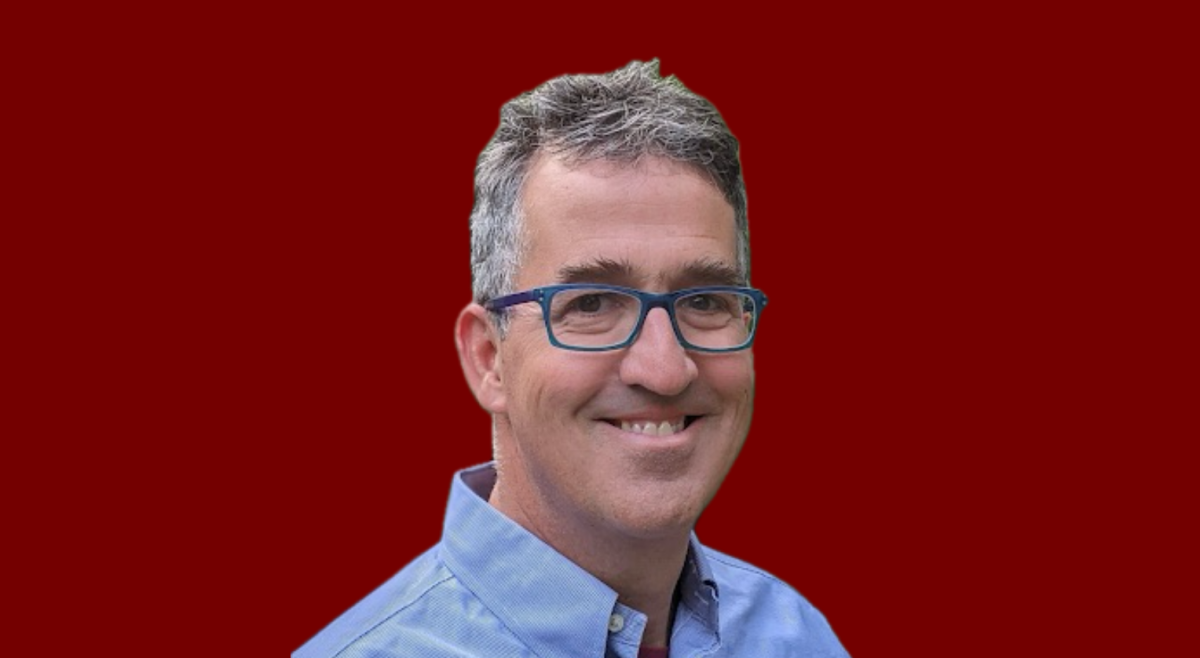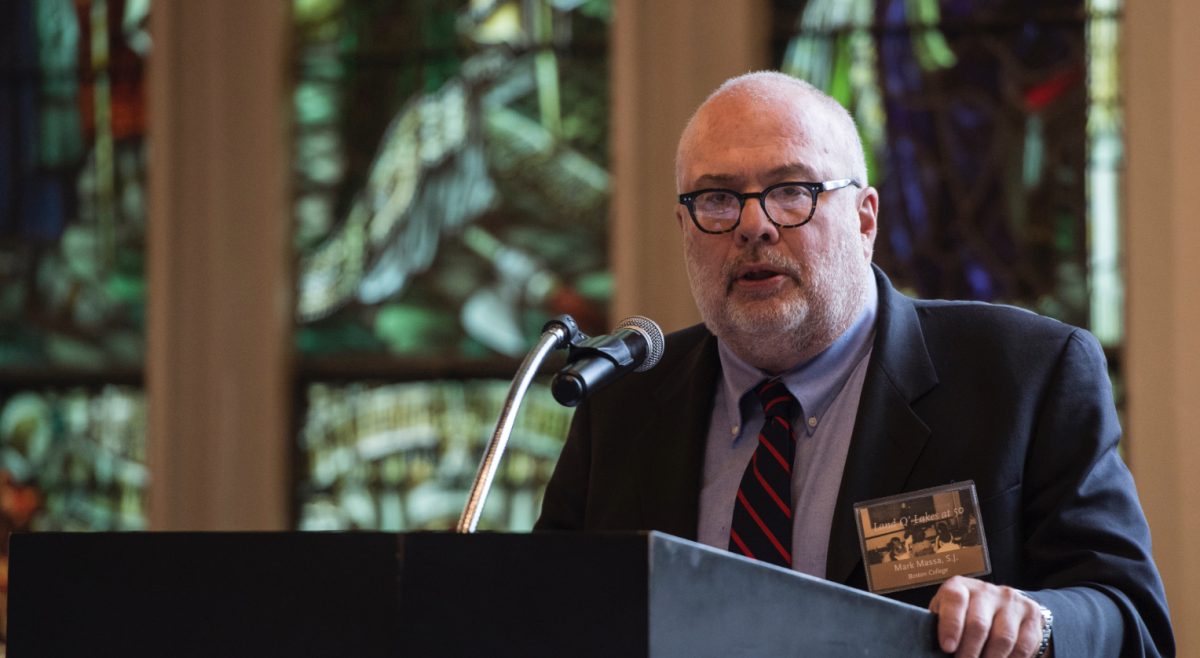The City of Boston launched a pilot program on Friday that designates specific curb space for ride-sharing services, such as Uber and Lyft, to complete their pick-ups and drop-offs. Boston Mayor Martin Walsh, BC ’09, announced the initiative in his 2019 Municipal Bureau Speech on March 8.
The intersection of Boylston Street and Kilmarnock Street in Fenway has been designated as the first pick-up/drop-off zone.
“That was identified as a heavy traveled area, and a location where we’ve observed a lot of commercial vehicles, a lot of TNC activity—Ubers and Lyfts and ride-share vehicles dropping people off and picking them up,” said Gina Fiandaca, Boston’s transportation commissioner. “So we knew that it would be a popular location to locate one of these pick-up drop-off locations.”
The purpose of the pilot is to reduce the traffic disruptions that ride-sharing services have a tendency to create, according to a press release from the Office of the Mayor. It’s designed to relieve the congestion that occurs when Uber and Lyft vehicles double park or stop in the middle of the street for pick-ups and drop-offs, as well as the dangerous conditions these situations can create for passengers.
The pick-up/drop-off zones also align with Walsh’s initiatives to minimize carbon emissions from motor vehicles behaviors such as idling or circling the block to look for passengers, according to the release.
“The new curbside zone in the Fenway will allow these vehicles to continue to offer their transportation services, but in a way that supports the City of Boston’s Vision Zero safety goals and helps to improve traffic flow on Boston streets,” it said.
The Boston Transportation Department plans to analyze the program’s effectiveness and to install signs to help indicate the locations of the zones, according to the release.
The zone at Boylston and Kilmarnock is available for use from 5 p.m. to 8 a.m. each day. The city worked with Uber and Lyft to identify both the location and the timing of the pilot zone, Fiandaca said.
“There are meter parking spaces during the day, so we wanted to ensure that we maintained maximum availability for folks that need to visit the area to frequent some of the businesses or conduct their business over there,” she said. “And then in the evening when some of the more social activities are more vibrant in that location, we turn the spaces over to be part of the pick-up/drop-off zone.”
Tyler George, the New England General Manager for Lyft, and Koosie Boggs, Uber’s head of rides for New England, expressed excitement to work with the Mayor’s Office on the pilot.
“We’re thrilled to see the Mayor’s Office of New Urban Mechanics explore innovative projects like this one,” George said in the release. “These zones will not only make moving around the area more convenient and frictionless, but it can meaningfully reduce congestion and improve the experience for drivers, riders, and the Greater Boston community.”
Fiandaca said that the Transportation Department hopes that the pilot will help support the vibrant economic activity in the area surrounding the intersection—which includes several restaurants, a spin studio, a Star Market, and Target. She said that the department hopes to receive great feedback from drivers, customers, and businesses alike in the area.
“By providing a predictable location, we’re hopeful that we can ensure that the spaces are available and free for the pick-up and drop-off, and that it’s a safer environment for everyone,” she said.
The pilot is also designed to support the goals of the Go Boston 2030 transportation plan, said the release. The plan includes initiatives to encourage, non-motor vehicle travel, minimize congestion, and guarantee safety and equity for those who travel on Boston’s streets.
“We really hope to be able to identify some other locations within the city where [the pick-up/drop-off zones] could be helpful to both the neighborhood and support the goals of Go Boston 2030,” Fiandaca said. “We want to see people moving around the city in different ways, and we want to make sure that it’s a safe way of getting around and that it works for everyone.”
Other initiatives Walsh announced in the Municipal Bureau Speech include a pilot for traffic signals that will adapt to real-time road conditions, a proposal to reduce the speed limit on city streets from 25 mph to 20 mph, a city-wide campaign for road safety education, new bus lanes on Brighton Avenue in Allston and North Washington Street downtown, and free MBTA passes for all students grades 7-12.
Walsh has also submitted transportation bills to improve street safety, invest in transportation infrastructure, and reduce motor vehicle emissions to the Massachusetts legislature. One such act would require transportation network companies, such as Uber and Lyft, to pay a charge to operate during rush hours, which would be invested into Boston’s transportation infrastructure. The act would also reduce charges for using electric vehicles and participating in pooled rides.
Featured Image by Maggie DiPatri / Heights Editor












